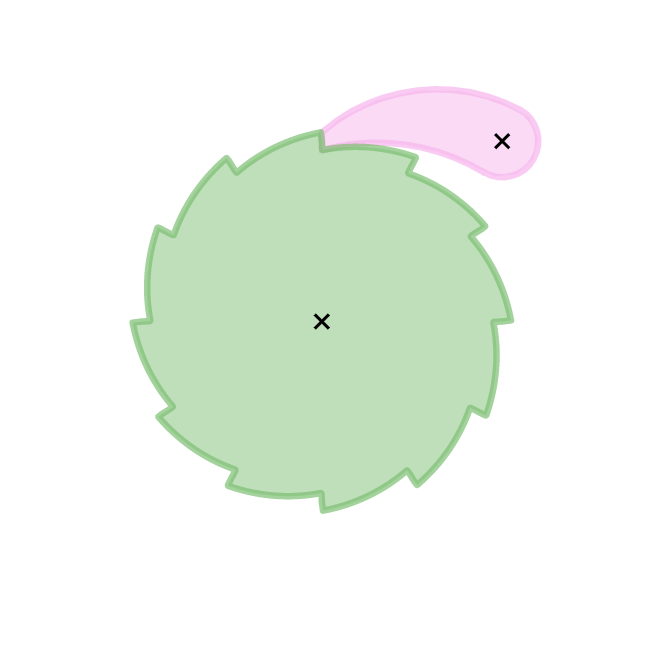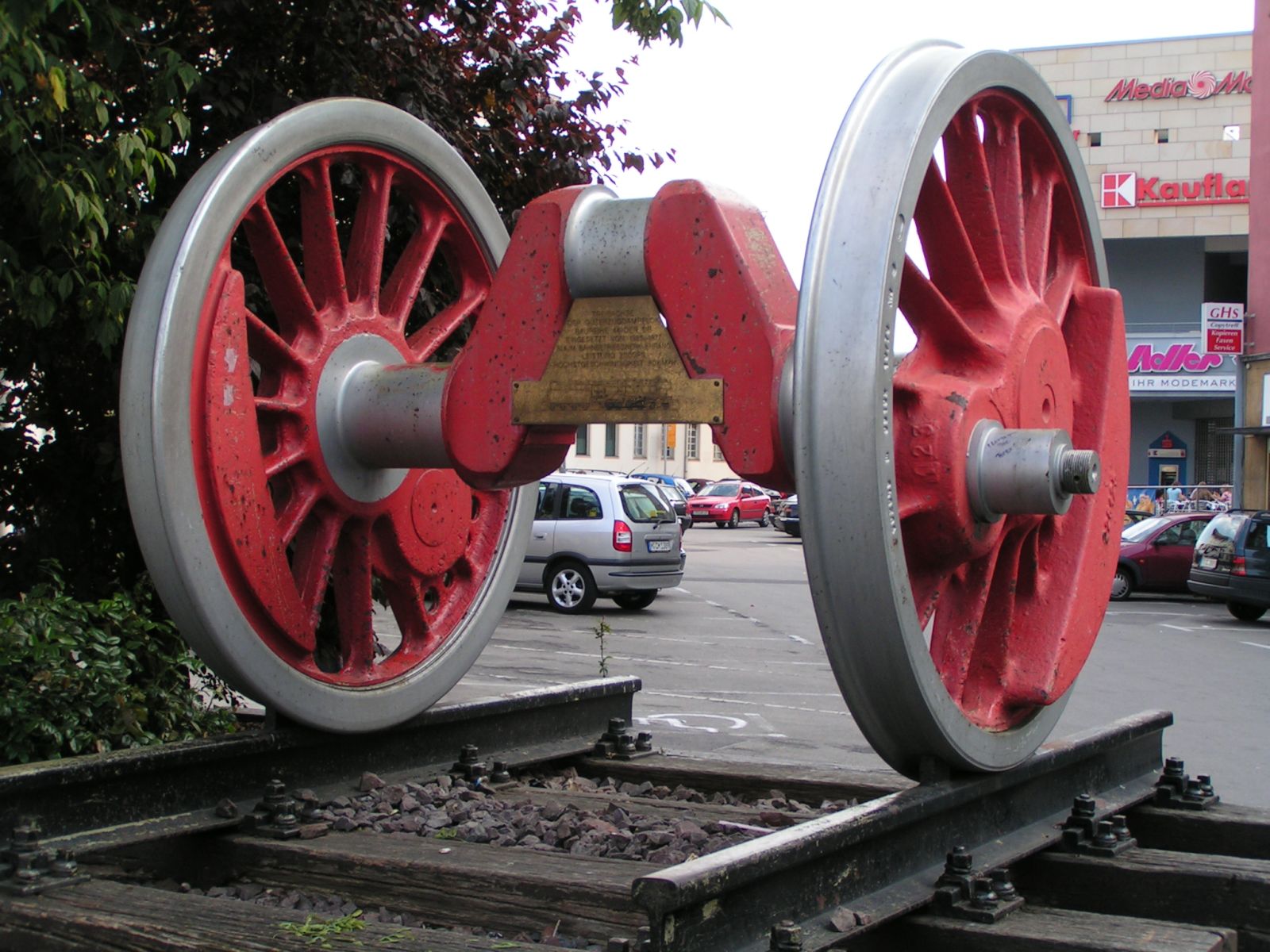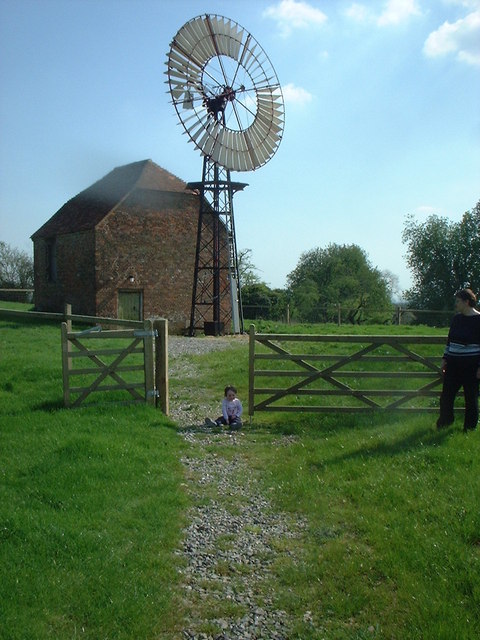|
De Gekroonde Poelenburg, Zaandam
De Gekroonde Poelenburg (''The Crowned Poelenburg'') is a paltrok mill in Zaandam, Netherlands which has been restored to working order. Like all Dutch ''paltrok mills'' it is a windpowered sawmill. The mill is listed as a Rijksmonument, number 40093. It is located at the Zaanse Schans in a group of several historic industrial windmills. History The history of ''De Gekroonde Poelenburg'' is rather complicated involving several distinct windmills. The first windmill on the original location of the first ''De Poelenburg'' in Zaandam-Oost was mentioned in 1733. It was named after its owner Pieter Jochemsz. Poelenburg. This mill burned down in 1903 and was replaced by a windmill from Koog aan de Zaan called ''De Locomotief'' (''The Locomotive'') which was renamed to ''De'' Gekroonde ''Poelenburg'' after the move. ''De Locomotief'' was newly built in Koog aan de Zaan in 1867 to replace the 200-year-old ''De Groene Jager'' (''The Green Hunter'') that had to be dismantled for the constr ... [...More Info...] [...Related Items...] OR: [Wikipedia] [Google] [Baidu] |
Sawmill
A sawmill (saw mill, saw-mill) or lumber mill is a facility where logs are cut into lumber. Modern sawmills use a motorized saw to cut logs lengthwise to make long pieces, and crosswise to length depending on standard or custom sizes (dimensional lumber). The "portable" sawmill is of simple operation. The log lies flat on a steel bed, and the motorized saw cuts the log horizontally along the length of the bed, by the operator manually pushing the saw. The most basic kind of sawmill consists of a chainsaw and a customized jig ("Alaskan sawmill"), with similar horizontal operation. Before the invention of the sawmill, boards were made in various manual ways, either rived (split) and planed, hewn, or more often hand sawn by two men with a whipsaw, one above and another in a saw pit below. The earliest known mechanical mill is the Hierapolis sawmill, a Roman water-powered stone mill at Hierapolis, Asia Minor dating back to the 3rd century AD. Other water-powered mills followe ... [...More Info...] [...Related Items...] OR: [Wikipedia] [Google] [Baidu] |
Hollandsche IJzeren Spoorweg-Maatschappij
The Hollandsche IJzeren Spoorweg-Maatschappij () or HSM (''Hollands Iron Railway-Company'') was the first railway company in the Netherlands founded on 8 August 1837 as a private company, starting operation in 1839 with a line between Amsterdam and Haarlem. The company remained operational until 1938, when it merged with the Maatschappij tot Exploitatie van Staatsspoorwegen (SS) to form the Nederlandse Spoorwegen (NS). History The first line constructed was a line following the straight route of the Haarlemmertrekvaart canal, connecting Amsterdam with Haarlem, which opened on 20 September 1839. The line was quickly expanded to follow the Leidsevaart canal and reached Leiden in 1842, The Hague in 1843, and Rotterdam in 1847. Because this line is the oldest line in the Netherlands, it is now known as the Old Line. This line was originally built to Dutch broad gauge , but was converted to in 1866. The line started at the Amsterdam d'Eenhonderd Roe station on the west side of A ... [...More Info...] [...Related Items...] OR: [Wikipedia] [Google] [Baidu] |
Rijksmonuments In North Holland
A rijksmonument (, ) is a national heritage site of the Netherlands, listed by the agency Rijksdienst voor het Cultureel Erfgoed (RCE) acting for the Dutch Ministry of Education, Culture and Science. At the end of February 2015, the Netherlands had 61,822 listed national heritage sites, of which approximately 1,500 are listed as archaeological sites. History and criteria Until 2012, a place had to be over 50 years old to be eligible for designation. This criterion expired on 1 January 2012. The current legislation governing the monuments is the ''Monumentenwet van 1988'' ("Monument Law of 1988"). The organization responsible for caring for the monuments, which used to be called ''Monumentenzorg'', was recently renamed, and is now called Rijksdienst voor het Cultureel Erfgoed. In June 2009, the Court of The Hague decided that individual purchasers of buildings that were listed as rijksmonuments would be exempt from paying transfer tax, effective from 1 May 2009. Previously thi ... [...More Info...] [...Related Items...] OR: [Wikipedia] [Google] [Baidu] |
Windmills In North Holland
A windmill is a structure that converts wind power into rotational energy using vanes called sails or blades, specifically to mill grain (gristmills), but the term is also extended to windpumps, wind turbines, and other applications, in some parts of the English speaking world. The term wind engine is sometimes used to describe such devices. Windmills were used throughout the high medieval and early modern periods; the horizontal or panemone windmill first appeared in Persia during the 9th century, and the vertical windmill first appeared in northwestern Europe in the 12th century. Regarded as an icon of Dutch culture, there are approximately 1,000 windmills in the Netherlands today. Forerunners Wind-powered machines may have been known earlier, but there is no clear evidence of windmills before the 9th century. Hero of Alexandria (Heron) in first-century Roman Egypt described what appears to be a wind-driven wheel to power a machine.Dietrich Lohrmann, "Von der östlichen z ... [...More Info...] [...Related Items...] OR: [Wikipedia] [Google] [Baidu] |
Rack And Pinion
A rack and pinion is a type of linear actuator that comprises a circular gear (the '' pinion'') engaging a linear gear (the ''rack''). Together, they convert rotational motion into linear motion. Rotating the pinion causes the rack to be driven in a line. Conversely, moving the rack linearly will cause the pinion to rotate. A rack and pinion drive can use both straight and helical gears. Though some suggest helical gears are quieter in operation, no hard evidence supports this theory. Helical racks, while being more affordable, have proven to increase side torque on the datums, increasing operating temperature leading to premature wear. Straight racks require a lower driving force and offer increased torque and speed per percentage of gear ratio which allows lower operating temperature and lessens viscal friction and energy use. The maximum force that can be transmitted in a rack and pinion mechanism is determined by the tooth pitch and the size of the pinion as well as the gear ... [...More Info...] [...Related Items...] OR: [Wikipedia] [Google] [Baidu] |
Ratchet (device)
A ratchet (occasionally spelled rachet) is a mechanical device that allows continuous linear or rotary motion in only one direction while preventing motion in the opposite direction. Ratchets are widely used in machinery and tools. The word ''ratchet'' is also used informally to refer to a ratcheting socket wrench. __TOC__ Theory of operation A ratchet consists of a round gear or a linear rack with teeth, and a pivoting, spring-loaded finger called a '' pawl'' (or ''click'', in clocks and watches) that engages the teeth. The teeth are uniform but are usually asymmetrical, with each tooth having a moderate slope on one edge and a much steeper slope on the other edge. When the teeth are moving in the unrestricted (i.e. forward) direction, the pawl easily slides up and over the gently sloped edges of the teeth, with a spring forcing it (often with an audible 'click') into the depression between the teeth as it passes the tip of each tooth. When the teeth move in the opposite ... [...More Info...] [...Related Items...] OR: [Wikipedia] [Google] [Baidu] |
Crank Pin
A crankpin or crank pin, also known as a rod bearing journal, is a mechanical device in an engine which connects the crankshaft to the connecting rod for each cylinder. It has a cylindrical surface, to allow the crankpin to rotate relative to the "big end" of the connecting rod. The most common configuration is for a crankpin to serve one cylinder. However, many V engines have each crankpin shared by each pair of cylinders. Design The crankpin connects to the larger end of the connecting rod for each cylinder. This end of the connecting rod is called the "big end", as opposed to the "small end" or "little end" (which connects to the wrist/gudgeon pin in the piston). The bearing which allows the crankpin to rotate around its shaft is called the "rod bearing". In automotive engines, the most common type of rod bearing is the plain bearing, however bushings or roller bearings are also used in some engines. Configurations In a single-cylinder engine, straight engine or ... [...More Info...] [...Related Items...] OR: [Wikipedia] [Google] [Baidu] |
Crank Shaft
A crankshaft is a mechanical component used in a piston engine to convert the reciprocating motion into rotational motion. The crankshaft is a rotating shaft containing one or more crankpins, that are driven by the pistons via the connecting rods. The crankpins are also called ''rod bearing journals'', and they rotate within the "big end" of the connecting rods. Most modern crankshafts are located in the engine block. They are made from steel or cast iron, using either a forging, casting or machining process. Design The crankshaft located within the engine block, held in place via main bearings which allow the crankshaft to rotate within the block. The up-down motion of each piston is transferred to the crankshaft via connecting rods. A flywheel is often attached to one end of the crankshaft, in order to smoothen the power delivery and reduce vibration. A crankshaft is subjected to enormous stresses, in some cases more than per cylinder. Crankshafts for single-cylinder e ... [...More Info...] [...Related Items...] OR: [Wikipedia] [Google] [Baidu] |
Windmill Sail
Windmills are powered by their sails. Sails are found in different designs, from primitive common sails to the advanced patent sails. Jib sails The jib sail is found in Mediterranean countries and consists of a simple triangle of cloth wound round a spar. The mill must be stopped in order to adjust the reefing of the sail. Though rare in the UK, at least two windmills are known to have had jib sails (St Mary's, Isle of Scilly and Cann Mills, Melbury Abbas). Image:Windmill Antimahia Kos.jpg, Jib sails Image:Sobreiro.jpg, More fully spread Image:Spanish Mill, St Mary's.jpg, St Mary's, Isles of Scilly File:Cann Mill, Melbury Abbas.jpg, Cann Mills, Melbury Abbas Common sails The common sail is the simplest form of sail. In medieval mills, the sailcloth was wound in and out of a ladder-type arrangement of sails. Medieval sails could be constructed with or without outer sailbars. Post-medieval mill sails have a lattice framework over which the sailcloth is spread. There are variou ... [...More Info...] [...Related Items...] OR: [Wikipedia] [Google] [Baidu] |
Koog Aan De Zaan
Koog aan de Zaan () is a town in the Dutch province of North Holland. It is a part of the municipality of Zaanstad, and lies about 11 km northwest of Amsterdam. History Koog aan de Zaan developed in the 16th century on the western bank of the Zaan River from Westzaan. In 1867, the Koog aan de Zaan railway station opened and in the 1870s, it started to industrialise and fill-in the area before the river and the station. The Dutch Reformed church is an aisleless cruciform church which was built in 1685. The tower burnt down in 1920, and the church was restored between 1920 and 1922. Koog aan de Zaan was a separate municipality until 1974, when the municipality of Zaanstad was created. Koog aan de Zaan is one of the smallest submunicipalities in Zaanstad, having a surface area of 320 hectare. A8ernA, an urban renewal project for the space under the A8 motorway as it passes through Koog aan de Zaan, was a joint winner of the 2006 European Prize for Urban Public Space. Trains ... [...More Info...] [...Related Items...] OR: [Wikipedia] [Google] [Baidu] |
Paltrok Mill
The post mill is the earliest type of European windmill. Its defining feature is that the whole body of the mill that houses the machinery is mounted on a single vertical post, around which it can be turned to bring the sails into the wind. All post mills have an arm projecting from them on the side opposite the sails and reaching down to near ground level. With some, as at Saxtead Green, the arm carries a fantail to turn the mill automatically. With the others the arm serves to rotate the mill into the wind by hand. The earliest post mills in England are thought to have been built in the 12th century. The earliest working post mill in England still used today is to be found at Outwood, Surrey. It was built in 1665. The earliest remaining example of a non-operational mill can be found in Great Gransden in Cambridgeshire, built in 1612.Windmills in Huntingdon and Peterborough. p. 3. Their design and usage peaked in the 18th and 19th centuries and then declined after the introdu ... [...More Info...] [...Related Items...] OR: [Wikipedia] [Google] [Baidu] |
Zaanse Schans
Zaanse Schans () is a neighbourhood of Zaandam, near Zaandijk, Netherlands. It is best known for its collection of windmills and wooden houses that were relocated here from the wider region north of Amsterdam for preservation. From 1961 to 1974, old buildings from all over the region known as the Zaanstreek were relocated using lowboy trailers to the Zaanse Schans. Two of the windmills in the Zaanse Schans are preserved in their original site where they were first constructed, and therefore don't make up part of the relocated structures. The Zaans Museum, established in 1994, near the first Zaanse Schans windmill, is located south of the neighbourhood. This architectural reserve for Zaanse timber construction is a protected village scene because of its architectural-historical and landscape value. It developed into an international tourist destination with several million visitors every year: in 2016, there were 1.8 million, in 2017 – 2.2 million. Etymology and history Zaanse Sc ... [...More Info...] [...Related Items...] OR: [Wikipedia] [Google] [Baidu] |









